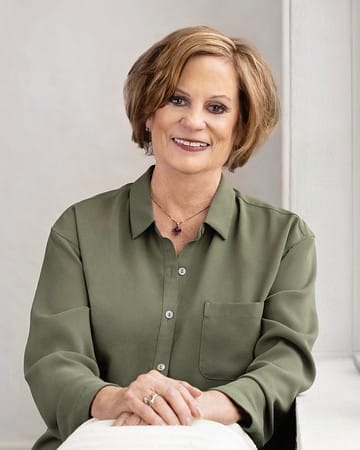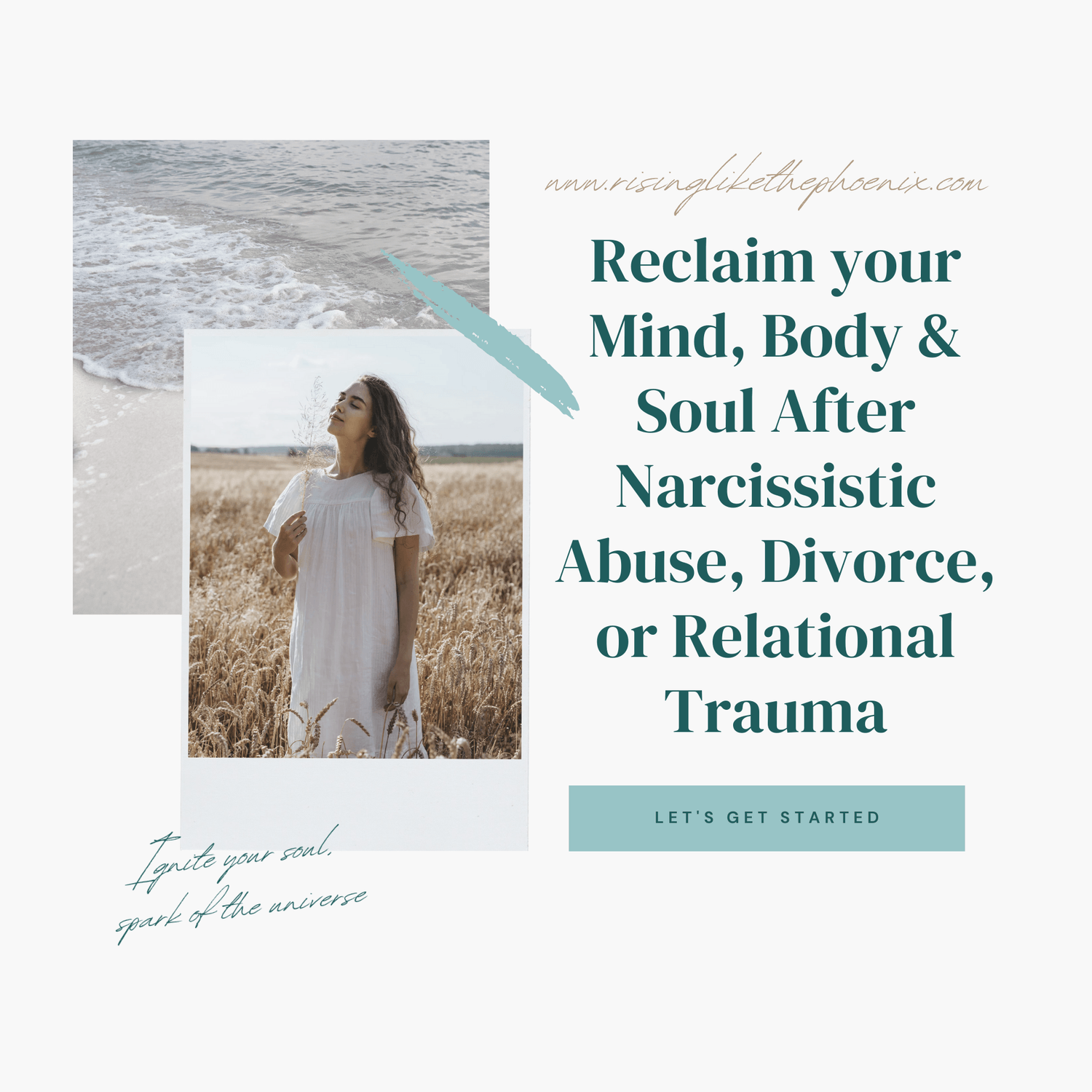How to Build a Support System After Leaving a Toxic Relationship
Introduction: Why No One Should Fly Alone
Leaving a toxic relationship, especially one marked by narcissistic abuse or emotional trauma, can feel like stepping off a long-haul flight into an unfamiliar country with no map and no luggage. You may feel unsteady, unsure, or even frightened to take the next steps. That’s exactly why building a support system matters: healing is not a solo flight.
A healthy, trustworthy support network acts like your ground crew and co-pilots, keeping you steady, refueling your confidence, and reminding you that you are not alone. This blog will guide you through why support is essential, the kinds of people to welcome aboard, and how to cultivate relationships that nurture your self-worth, resilience, and joy.
Why a Support System is Essential for Your Healing Journey
1. Emotional Safety and Validation
In toxic or narcissistic relationships, survivors often experience gaslighting, manipulation, and dismissal of their feelings. Having a support system ensures you are seen, heard, and validated. When you share your truth and someone says, “I believe you, and I’m here for you,” it repairs the wounds left by years of invalidation.
2. Encouragement for Recovery Steps
Recovery from relationship trauma is not linear. There are days you’ll feel strong and hopeful, and days when old wounds ache. The right people remind you of your progress, offer perspective, and encourage your next step forward, even if it’s a small one. Your crew is everything, I learned.
3. Accountability for Self-Care
Your circle can help keep you on track when it comes to self-care tips like resting, setting boundaries, and avoiding old patterns. Think of them as gentle reminders to stay buckled in while turbulence passes.
5 Steps to Reclaim Your Life
A practical guide to reclaiming your confidence, setting boundaries, and moving forward—without second-guessing yourself.
4. Expanding Possibilities
Toxic partners often isolate survivors, making the world feel small. A supportive network introduces you to new ideas, hobbies, communities, and opportunities, helping you rediscover who you are outside of the relationship.
Who Belongs in Your Support Crew
1. Trusted Friends and Family

2. Therapists and Coaches
Professional guides are like navigators, offering tools for emotional healing, rebuilding self-worth, and creating a roadmap toward thriving. A trauma-informed therapist or recovery coach can help you process relationship trauma in a safe, structured way.
3. Support Groups
There is immense power in sitting among people who “get it.” Whether in person or online, support groups remind you that you are not alone, that others have faced the same turbulence, and that healing is possible.
4. Mentors and Role Models
Seeing someone who has made it through to the other side can be a beacon of hope. These mentors, whether found through books, podcasts, or real-life connections, show you that life after abuse is not only possible, but vibrant.
5. Spiritual or Community Connections
Faith communities, meditation groups, or volunteer organizations can anchor you with belonging and shared purpose. Sometimes the act of giving back becomes a powerful part of your own healing journey.
How to Build Your Network Step by Step
Step 1: Identify Your Needs
Ask yourself: What do I need most right now? Emotional validation? Practical advice? A safe place to share? Your answers will guide you toward the right people and communities.
Step 2: Start Small
If reaching out feels overwhelming, start with one safe person. Send a message, make a coffee date, or join an online forum. Healing doesn’t require a crowd,it requires connection.
Step 3: Set Boundaries Early
Communicate what is and isn’t helpful. For example:
“I need you to just listen right now, not give advice.”
“Please don’t share what I tell you with anyone else.”
Boundaries protect your healing journey and keep your support system healthy.

Step 4: Diversify Your Circle
Avoid putting all your needs on one person. Just as a plane needs multiple crew members with different roles, you’ll benefit from having emotional supporters, practical helpers, and professional guides.
Step 5: Evaluate and Adjust
Not every relationship will stay supportive. Notice how you feel after time with someone. Drained? Judged? Pressured? If so, it may be time to limit or release that connection. Healing means curating your passenger list with care.
Signs You’ve Found the Right People
You feel calmer and more grounded after spending time with them.
They respect your pace and don’t rush your recovery steps.
They honor your boundaries and don’t push you back toward toxic ties.
They encourage your growth, celebrating small victories along the way.
You feel safe enough to be your authentic self.
These are your “green flags”, the signs that someone deserves a seat in your support system.
Common Obstacles and How to Navigate Them
Fear of Burdening Others
Survivors often fear they’re “too much.” Remember: true supporters want to be there. You’re not a burden; you’re human.
Difficulty Trusting Again
Relationship trauma makes trust feel risky. Start small, take your time, and let trust build gradually. Healing is a process, not a deadline.
Old Habits of Isolation
You may have been conditioned to “go it alone.” Remind yourself: you deserve connection. Practice reaching out even when it feels uncomfortable.
Choosing the Wrong People
Sometimes, survivors, still in pain, gravitate toward familiar but unhealthy patterns. That’s why boundaries and reflection are key to building a strong, safe network.
Practical Self-Care Tips Along the Way
Keep a journal to process emotions and track progress.
Practice grounding techniques before and after social interactions.
Schedule regular “check-ins” with your support circle.
Remember to offer gratitude,it strengthens your connections.
Balance giving and receiving so the relationship feels mutual.
Conclusion: You’re Not Alone on This Flight
Healing after a toxic relationship is a journey, and no one should attempt it without support. Building a network of trusted, uplifting people is not a luxury; it’s an essential part of recovery. With the right crew, you’ll rediscover your self-worth, rebuild your resilience, and chart a flight plan toward thriving.
Your healing journey is yours, but it doesn’t have to be lonely. Let others walk and fly beside you.
Frequently Asked Questions:
Many survivors don’t. Start with professional support, groups, or online communities. Healing communities are ready to welcome you.
Pay attention to consistency. Do they respect your boundaries? Do their actions match their words? Trust is built over time.
Absolutely. Online forums, coaching, and virtual groups have helped thousands of survivors connect, learn, and heal. Be careful when watching other survivors’ stories, though- they can be highly triggering.
That’s normal. Begin with small disclosures and see how the other person responds. Your story is valuable; share it at your own pace.
Further Resources:

Hi, I’m Diane – and I’m so glad you’re here
Diane is the author of A Girlfriend’s Guide to the Other Side: Reclaim Your Mind, Body, and Soul After Narcissistic Abuse, Divorce, or Relational Trauma.
After surviving the wreckage of a controlling relationship that stripped her identity, she turned her pain into purpose. Through her book, course, and community, Diane now guides women on the journey of rebuilding self-worth, setting healthy boundaries, and reclaiming their lives.
Her mission is simple: to remind every woman that healing is possible, and that your future can be brighter than your past.
Categories
Rise Weekly Newsletter
Because healing isn’t just about surviving, it’s about rising. Rise Weekly delivers empowering insights, gentle reminders, and soulful tools to help you reclaim your strength, set powerful boundaries, and rebuild a life that feels like you. If you're ready to rise above trauma and step into your next chapter with clarity and courage - this is your space.
Created by © Suzanne Startari with systeme.io





